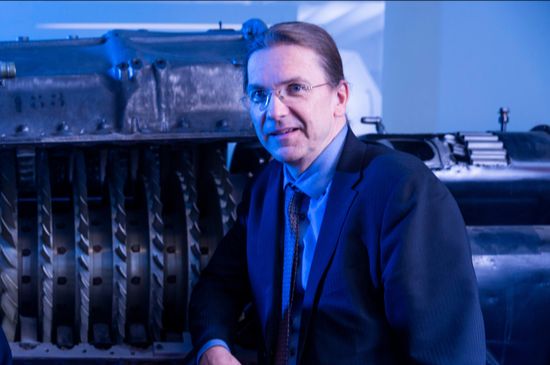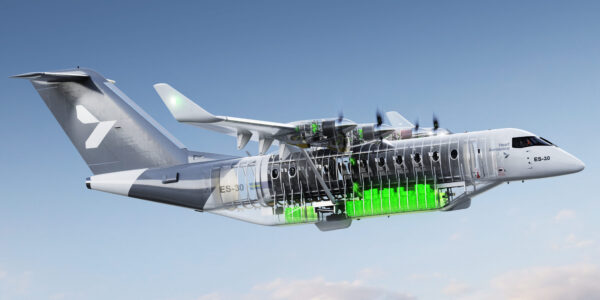Megawatt motor brings electric planes closer to reality
- PostedPublished 2 January 2024
Engineers at the Massachusetts Institute of Technology (MIT) have made significant progress in the development of a one-megawatt electrical motor that could pave the way for the electrification of larger aircraft.
The current focus on electrifying aviation aims to reduce the industry’s carbon footprint, and while smaller all-electric planes have been successful, larger jets require megawatt-scale motors.
Potential applications for this technology range from all-electric planes powered by batteries or fuel cells to hybrid propulsion systems that combine traditional jet engines with electric motors.

Zoltan Spakovszky, the T. Wilson Professor in Aeronautics and Director of the Gas Turbine Laboratory at MIT, explained the importance of megawatt-class motors in making aviation environmentally sustainable regardless of energy source.
“No matter what we use as an energy carrier – batteries, hydrogen, ammonia, or sustainable aviation fuel – independent of all that, megawatt-class motors will be a key enabler for greening aviation,” he said.
The challenge in developing such a motor lies in the complexity of co-optimising individual components and ensuring compatibility to maximise overall performance. The engineers at MIT are pushing the boundaries in various fields including materials, manufacturing, thermal management, structures, rotordynamics, and power electronics, to overcome these challenges.

One of the key considerations in designing the motor was its weight and size. As Professor Spakovszky points out, “Heavy stuff doesn’t go on aeroplanes.”
As a result, a compact, lightweight, and powerful architecture had to be invented. The motor and power electronics developed by MIT are about the size of a suitcase, weighing less than an adult passenger, and comparable to current small aero engines.
The motor’s main components include a high-speed rotor with an array of magnets, a compact low-loss stator with intricate copper windings, an advanced heat exchanger for efficient cooling, and a distributed power electronics system comprising custom-built circuit boards. These circuit boards precisely control the currents running through each of the stator’s copper windings at high frequency.
To mitigate risks, the team thoroughly tested each major component individually, ensuring they could operate as designed even under demanding conditions. Engineers have assembled a prototype and have been testing it during the Northern Hemisphere autumn.

Once the motor is successfully demonstrated as a whole, it holds the potential to power regional aircraft and serve as a companion to conventional jet engines in hybrid-electric propulsion systems.
The team envisions multiple one-megawatt motors distributed along the wings of future aircraft configurations. Looking ahead, the foundations of this one-megawatt electrical machine design could be scaled up to power larger passenger planes with multi-megawatt motors.
MIT’s project, sponsored by Mitsubishi Heavy Industries, is significant as global emissions of carbon dioxide must reach net zero by 2050 in order to avert catastrophic climate change.
Achieving this target in aviation necessitates advancements in aircraft design, fuel systems, materials, and efficient electrified propulsion.
“I think we’re on a good trajectory,” said Professor Spakovszky, whose group and research have extended beyond gas turbines.
“We are not electrical engineers by training, but addressing the 2050 climate grand challenge is of utmost importance; working with electrical engineering faculty, staff, and students for this goal can leverage MIT’s wide range of technologies, creating a synergy where the whole is greater than the sum of its parts. So we are reinventing ourselves in new areas. And MIT gives you the opportunity to do that.”
- CategoriesIn Latest News
- Tagsaeroplanes, electric aeroplanes, electric aviation, electric vehicles, EV


